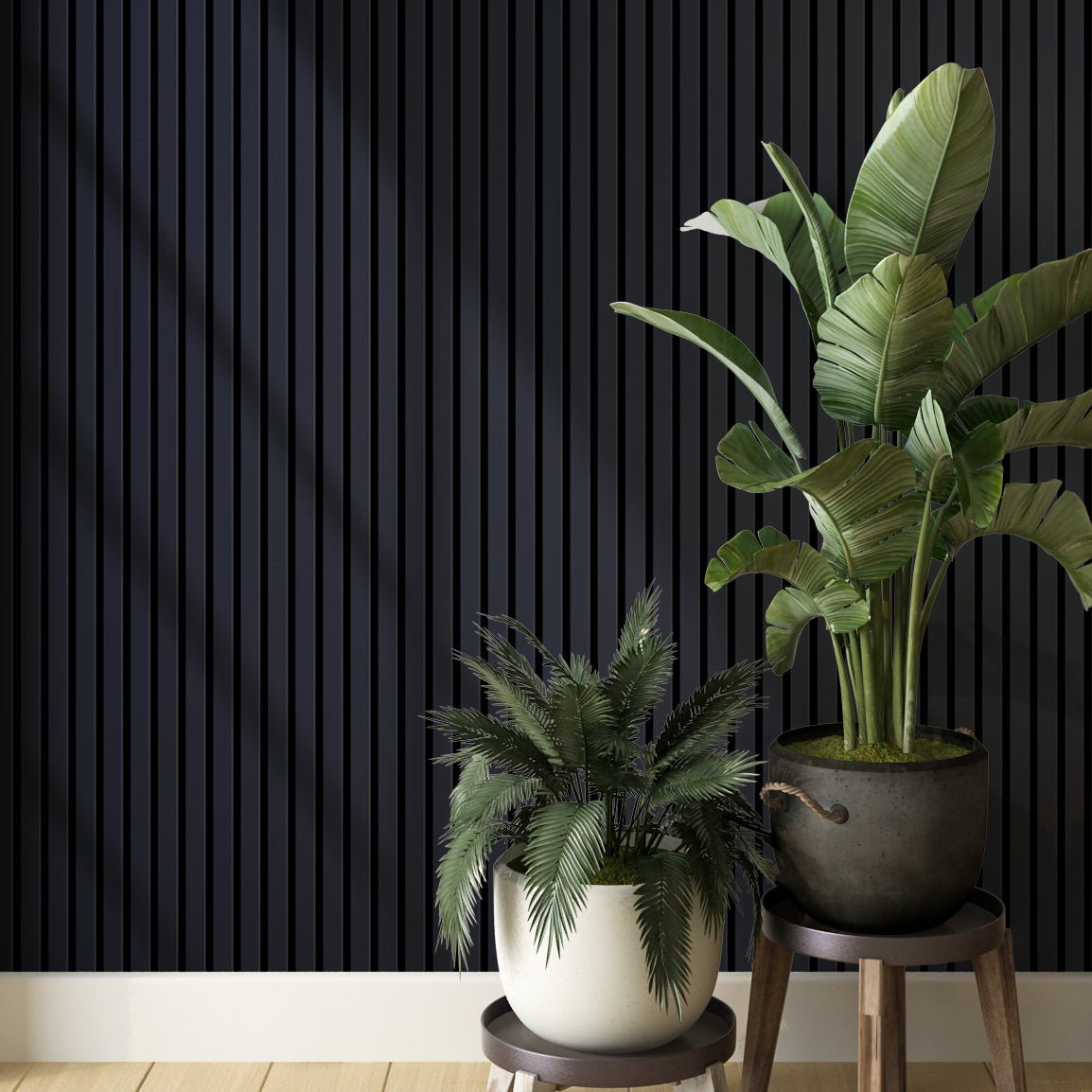Introduction
Acoustic design has undergone a remarkable transformation over the years, adapting to technological advancements and changing aesthetic preferences. One of the most significant developments in recent times has been the widespread adoption of wood slat acoustic panels. This article delves into the evolution of acoustic design, tracing the journey of wood slat panels from their early inception to their current prominence.
The Early Days of Acoustic Design
Rugs and Draperies
In the past, rugs, curtains, and other soft materials were the primary means for sound absorption, though they were often inefficient and limited in scope.
The Era of Foam Panels
Foam panels marked a milestone in acoustic solutions, offering better sound absorption but lacking in aesthetics and durability.
The Introduction of Wood Slat Acoustic Panels
Initial Challenges
When wood slat panels first entered the scene, they were expensive and difficult to install, making them less accessible for general use.
Overcoming Obstacles
Advancements in manufacturing techniques reduced costs, and customizable options made them more versatile, leading to wider acceptance.
Advantages Over Traditional Methods
Sound Quality
Wood slat panels offer superior sound absorption and diffusion, leading to a balanced acoustic environment.
Aesthetic Appeal
The panels offer an array of design possibilities, from different types of wood to various installation orientations.
Sustainability
With the option to use reclaimed or sustainably sourced wood, these panels have become a favorite in eco-conscious design.
Pivotal Moments in Adoption
The Concert Hall Revolution
When famous concert halls started adopting wood slat acoustic panels, it brought significant attention to their effectiveness and aesthetic appeal.
Corporate Endorsement
The adoption of wood slat panels in major corporate offices signaled their practicality and impact on enhancing work environments.
Current Trends and Future Possibilities
Integration with Smart Technology
The latest wood slat panels can be integrated with smart acoustic technology for even more effective sound control.
The Biophilic Movement
The rise of biophilic design has made natural materials like wood even more popular, and wood slat acoustic panels fit perfectly into this trend.
Conclusion
The journey of wood slat acoustic panels from a niche solution to an industry standard is a testament to their effectiveness, aesthetic versatility, and adaptability. As we look to the future, it's clear that these panels will continue to play a significant role in shaping the acoustic and aesthetic landscapes of diverse spaces.























